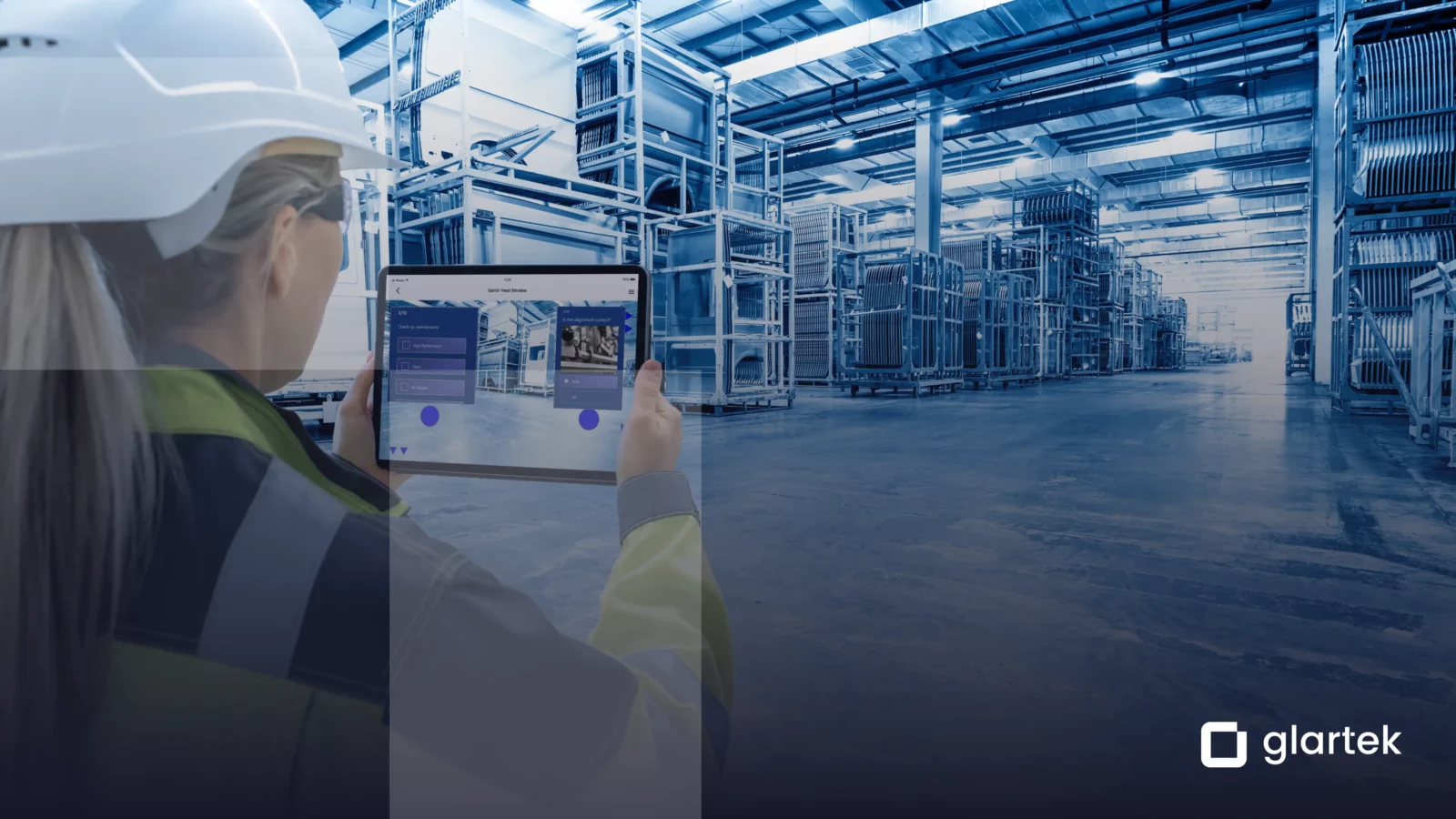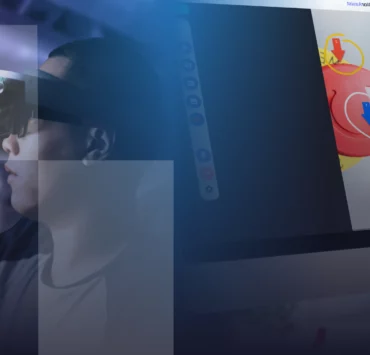While augmented reality (AR) is a well-established technology, its applicability, accessibility, and use still raise some doubts. As with many technologies, it can be difficult to distinguish between myths and facts. In fact, this can sometimes lead to misconceptions about a particular technology. However, it is important to clear out any doubts that might persist.

“Augmented reality is the same as virtual reality and mixed reality”
The fact is that Augmented, virtual, and mixed reality are three types of extended techniques. They are used for different purposes and provide different experiences.
- AR combines reality and digital elements to augment reality and provide users with an extra layer of information.
- Mixed reality operates in a similar way but offers users a higher degree of interactivity with digital objects, allowing them to interact with and modify different virtual assets.
- Virtual reality focuses on delivering an entirely digital experience, which doesn’t rely on reality, and instead requires users to wear a headset that features a display that fully covers users’ field of view.

“Augmented Reality is a complex technology”
In fact, Augmenting reality can sound complex and a technology that requires extensive IT-related knowledge. However, users can swiftly create AR-based tasks or simply use AR without any training.
Users will only need to map out a specific site (which only takes a few minutes) by moving a smartphone or tablet around. Users can then save their mapping so that, the next time they start a task, previous mappings can be retrieved. As a result, users can easily use AR on their phones and tablets at any time.

“Augmented reality is only used in the entertainment industry (games)”
While augmented reality is often associated with gaming, social media filters, and other mobile apps, this powerful technology has wide applicability across different sectors.
AR is one of the central technologies in Industry 4.0, capable of transforming industrial operations as we know them and providing substantial benefits for both workers and organizations. In addition, AR technology has also been leveraged in marketing, education, healthcare, and real estate, among others.

“Augmented reality is expensive”
Not so long ago, AR experiences were still a novelty only used and developed by tech giants. However, nowadays, AR is one of the central technologies of Industry 4.0 and its development and use have been democratized. As a result, AR software development and applications have become increasingly affordable.
Nowadays, AR is accessible to companies of many sizes and for different purposes. This is also possible given the fact that unlike other types of extended reality, such as virtual reality, AR doesn’t require users to purchase specific hardware.

“Augmented reality is impractical”
While augmented reality is usually associated with smartphones and other handheld devices, it can be experienced using headsets and smart glasses. This not only makes it practical but allows users to keep their hands free to handle other devices, carry out manual labor, or operate heavy machinery.

“Augmented reality has limited scope and cannot be used in the industrial sector”
Augmented is not only used across different sectors but provides a comprehensive solution for businesses working in the industrial sector.
For instance, manufacturing and asset-intensive industries have adopted AR to help workers complete tasks, carry out maintenance, deliver immersive training, and augment visual remote assistance. In essence, AR addresses countless use cases and can simultaneously tackle several issues.

“You can only access AR using expensive equipment”
AR is a highly-flexible technology and can be experienced on a broad range of devices, including regular smartphones or tablets. The only requirement is that mobile devices feature the AR Core software (for Androids) or the AR Kit (for iOS devices). For a more immersive experience users can also use augmented and mixed-reality headsets, such as HoloLens 2.
Learn more
Interested in learning more about augmented reality? Visit our website or blog and discover how AR is helping to change industrial processes. To witness this technology in action, you can also schedule a free demonstration with our team.



